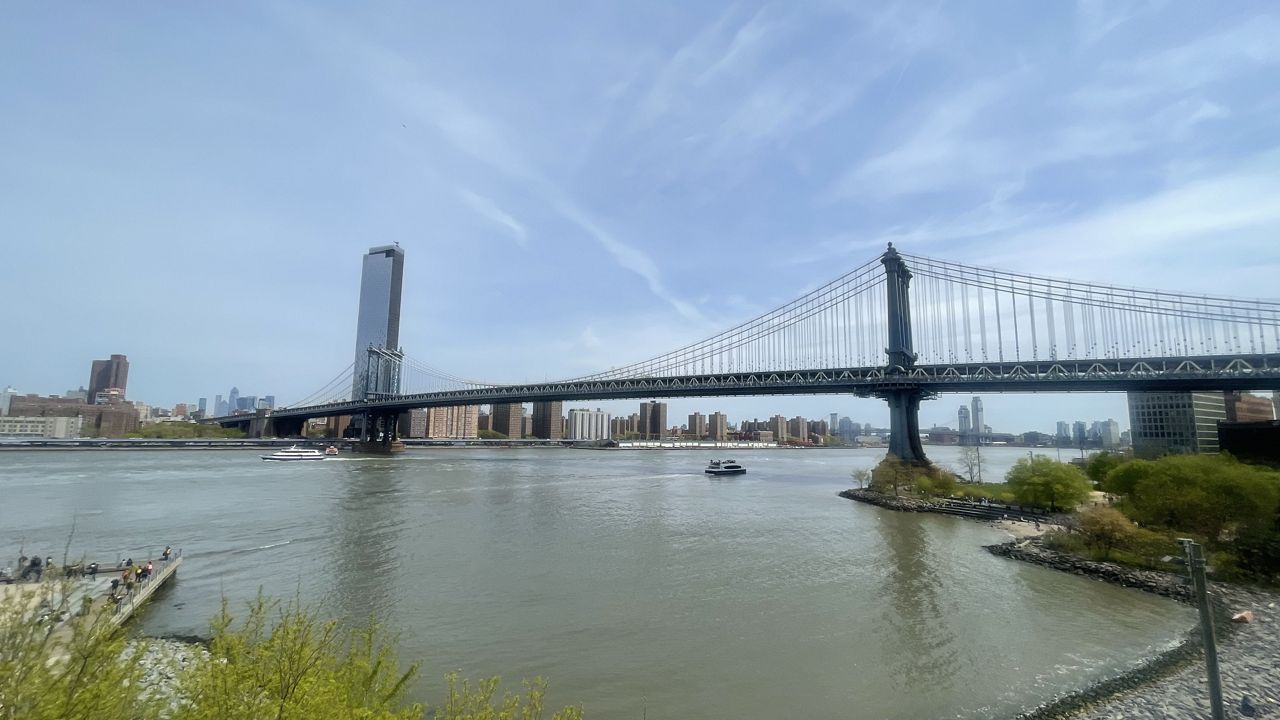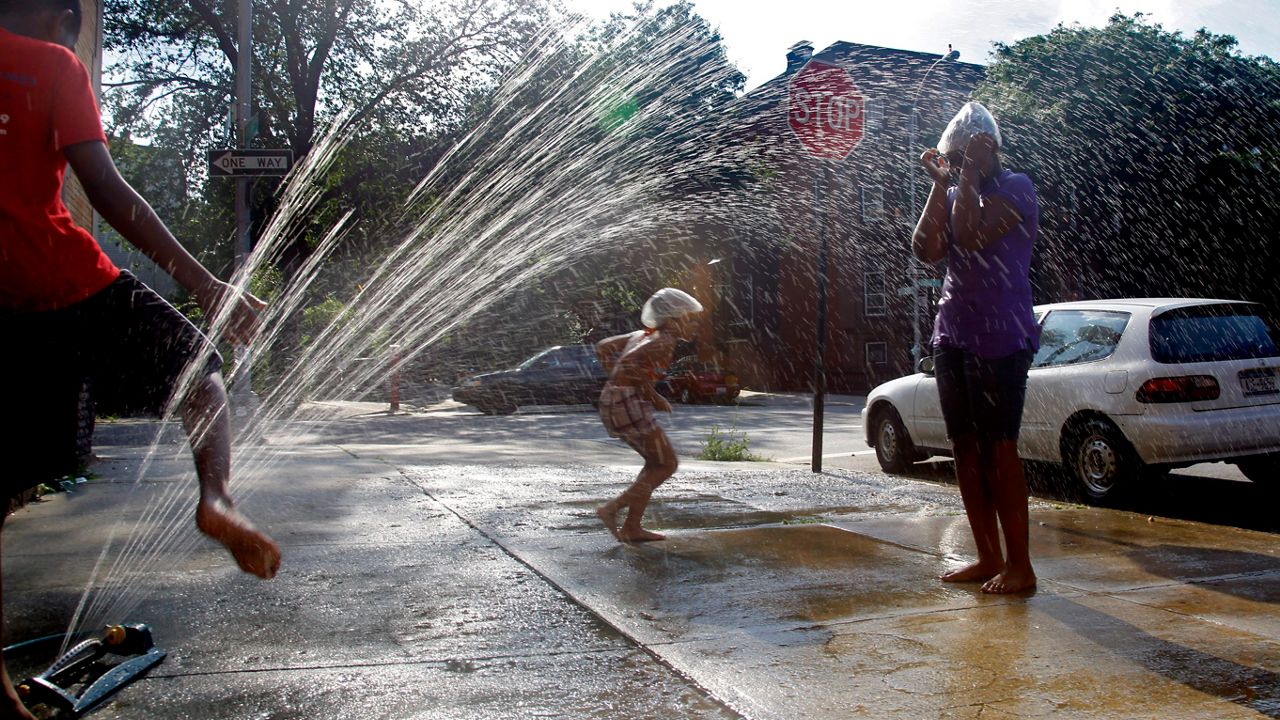One of the hardest-hit areas on Friday was near Prospect Park in Brooklyn.
Mick Magsino and his son, Nole, paid a visit to the area to survey the damage from the storm.
What You Need To Know
- Prospect Park Lake is 7 feet deep and covers 55 acres of parkland with 2.5 miles of shoreline, making it the largest lake in all of Brooklyn
- The drainage appears to be the source of the problem. Water was flowing so quickly Friday morning that sewers couldn't keep up
- Activists are calling on the city to divest from fossil fuels and building sustainable infrastructure
“It was just madness. I’ve never seen anything like it,” said Magsino, who moved from California to Brooklyn with his family eight years ago.
He completely avoided Hurricane Sandy, saw minimal damage from Hurricane Ida, but this storm told a different story.
“When I saw that. That was insane because of all the stuff that happened in Queens,” said Magsino. “But it’s climate change. What can we do? I think it’s gonna happen more and more, unfortunately. So I brought my son down to see this river, which I’ve never seen before.”
Schools remained open on Friday despite heavy rainfall, strong winds and severe flooding throughout Brooklyn.
“We were surprised that the city didn’t close schools because it was a nightmare,” said Magsino. “He usually walks to school by himself and I had to take him to school in the torrential downpour around 8 o’clock and it was a mess.”
Magsino and his son trekked through the mud, debris and water runoff Saturday morning so they could see Prospect Park Lake firsthand.
The lake is 7 feet deep and covers 55 acres of parkland, with 2.5 miles of shoreline, making it the largest lake in all of Brooklyn.
Prospect Park got 6.73 inches of rainfall, causing this lake to overflow onto surrounding parkland and neighboring streets.
“I’ve never seen the water go past there and the marshland here. It’s up to the top. That’s never happened before,” said Magsino. “And obviously it’s flowing out to the street. I’ve never seen that before. It’s really crazy.”
The city has seen its fair share of climate-related emergencies in the last few months.
In June, suffocating smoke from Canadian wildfires engulfed the five boroughs. And in July, a day-long excessive heat warning was in effect.
Climate activists say these events will only become more frequent.
“We urgently need to move off of fossil fuels and if we don’t, we’re going to see more storms,” said Alex Beauchamp, the northeast region director of Food & Water Watch. “And not just more storms like this, but much worse than this. We’re already dealing with climate change will for the rest of our lives. The question is, how much worse is it gonna get?”
Activists are calling on the city and state to not only ramp up its response to natural disasters but also invest in a safer, more environmentally conscious New York.
“We need an awful lot of money to fix our infrastructure. So we have to do both,” said Beauchamp. “We have to address the climate crisis and we have to deal with resiliency because even if we moved off fossil fuels tomorrow, the storms are gonna keep coming and we’re not prepared for what’s here already, much less what’s to come.”









